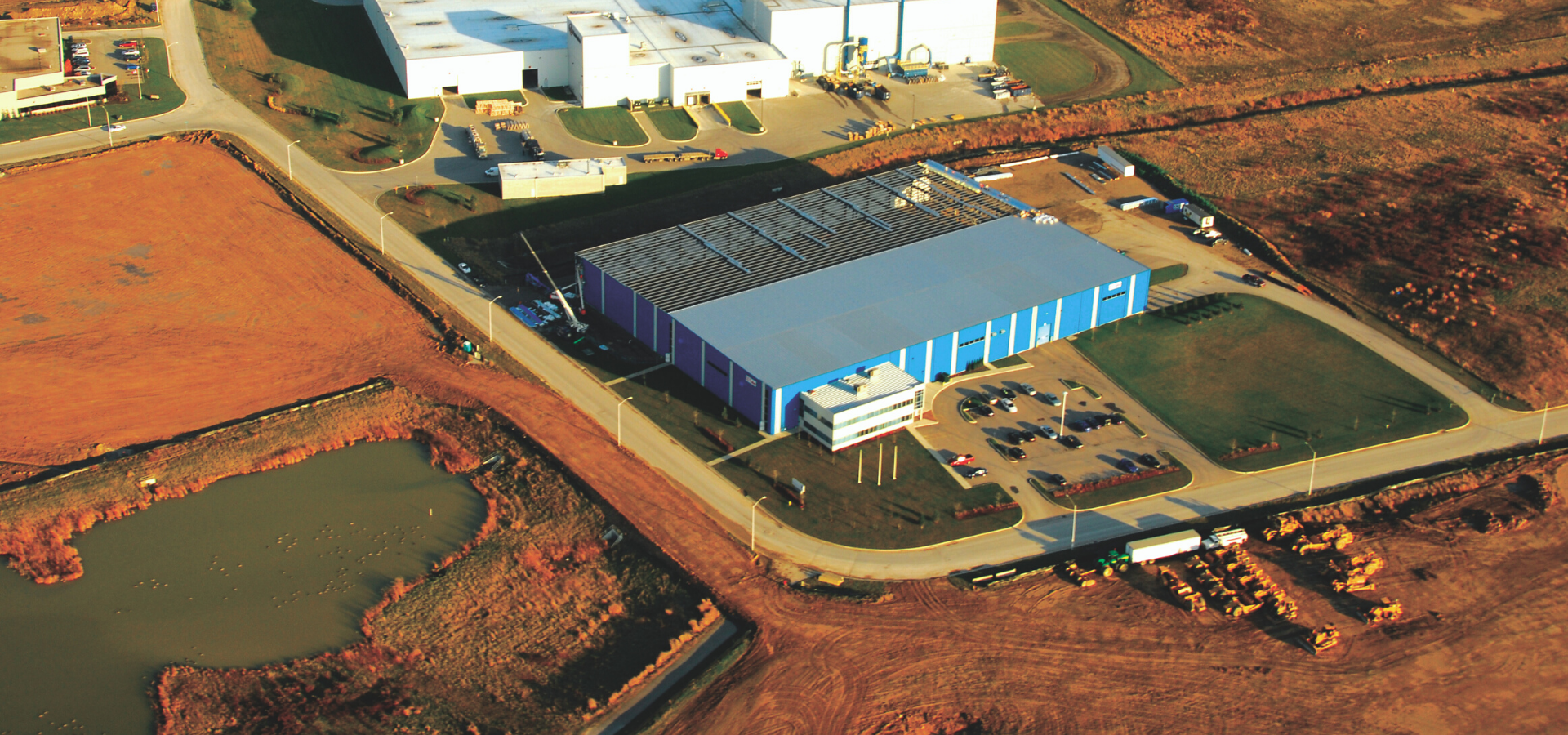London’s manufacturing sector proved its strength in 2025, marking a year of expansion, innovation, and resilience. Major factory openings, scaling firms, and a sold-out Manufacturing Matters event showed that momentum in this sector isn’t slowing down.
Agri-food manufacturing led the charge. In October, Italian pasta maker Andriani officially opened its $55-million, 60,000-sq-ft North American production facility in London, immediately boosting local processing capacity and skilled job growth. Smaller producers are scaling too: Peacasa earned national shelf space at Walmart, and Frittos & Co. expanded frozen production to meet rising demand. Together, large processors and flexible brands are creating a balanced, resilient cluster.
Meanwhile, the EV economy is transforming the region. Construction is underway on PowerCo’s (Volkswagen’s) massive battery plant in nearby St. Thomas — turning the 401 corridor into one of Canada’s most important EV manufacturing hubs. Its supply chain reach will ripple across Southwestern Ontario, creating new opportunities for local parts makers, suppliers, and logistics partners.
London companies are investing in growth as well. Great Lakes Copper is expanding its Clarke Road facility, Skyreach Group is opening a new plant, and Givens Engineering completed a 30,000-sq-ft facility in the Huron Industrial Park. Each project signals long-term confidence in London’s manufacturing advantage.
That confidence was on full display at Manufacturing Matters 2025, which drew over 1,100 registrants — the largest in the event’s history — with attendees from across North America and Europe. Packed sessions on tariffs, trade compliance, and supply-chain resilience reflected what local companies already know: they’re facing real challenges, but they’re facing them together.
LEDC has been at the centre of that support network, offering tariff and trade guidance, re-shoring resources, and procurement assistance to help manufacturers adapt and grow.
London’s industrial strategy is working: global firms are investing, regional leaders are expanding, and small manufacturers are breaking into national markets. The resilience shown through tariff shocks and supply-chain turbulence isn’t chance — it’s the product of a connected ecosystem that knows how to compete, collaborate, and keep building.


